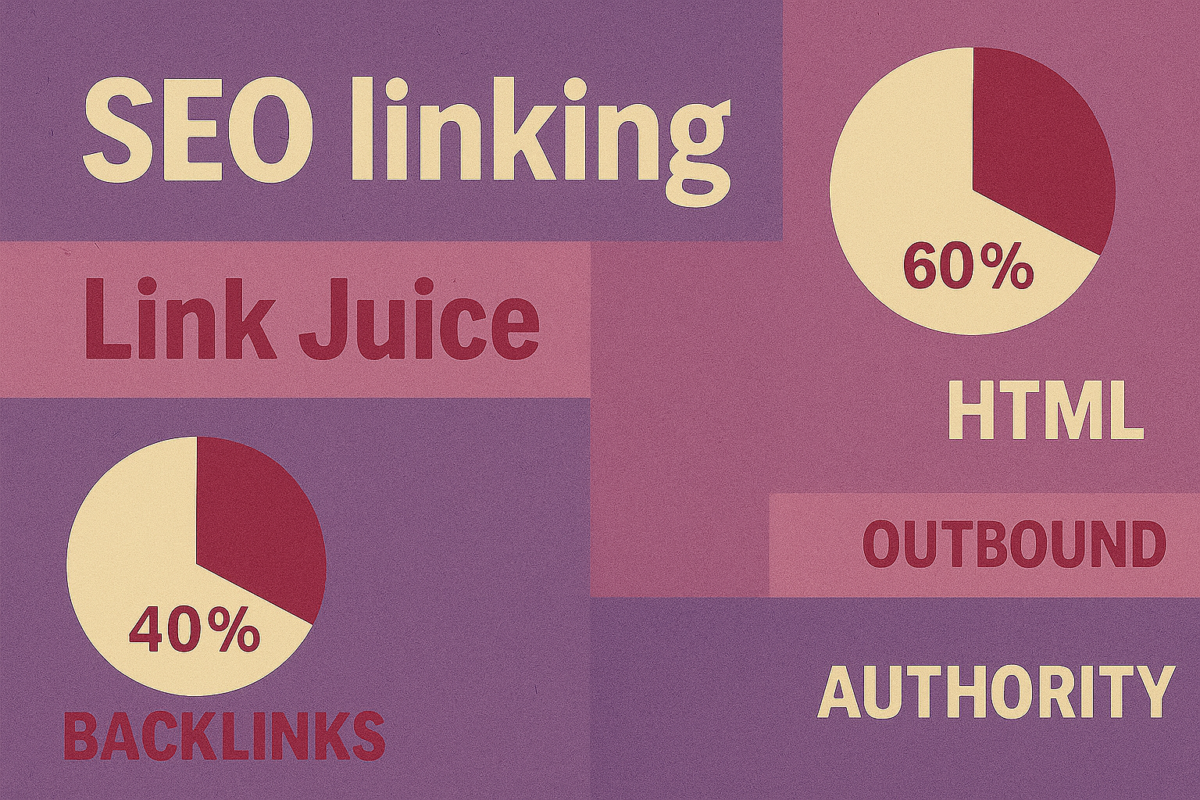Search engine optimization is essential to driving organic traffic and improving visibility on search engines. Among the many strategies involved in SEO, internal links vs external links SEO play a vital role. A role in building a website’s authority, user experience, and search engine rankings. But what exactly is the difference between internal and external links in SEO? How do they work together to power a high-performing strategy? Indexed Zone SEO will guide you through.
What Is Internal Linking?
You are probably familiar with most of the SEO terminology by now, so we won’t go too technical about it. But we will shed enough light on both internal and external linking. Let’s begin with internal links. Internal linking is linking one page on a website to another page on the same website. These links help users navigate through the content and guide search engine crawlers to understand the structure and hierarchy of the site.
Examples of internal links
- A blog post linking to another blog post within the same site.
- A homepage that links to product or service pages.
- A content linked to a resource page.

Key Benefits of Internal Linking
- Improves Site Navigation: Helps users engage with more content and use the site more frequently.
- Distributes Page Authority: Shares ranking power across different pages, giving newer or lower-authority pages a boost.
- Boosts SEO Crawlability: Makes it easier for search engines to discover and index your content.
- Increases Engagement: Encourages users to click through to related content, reducing bounce rates.
What Is External Linking?
External linking, as the name suggests, is linking out of your website to other sites. Or having other websites link to your content. For SEO, inbound links are particularly important.
Examples of external links
- A blog post citing statistics from a trusted industry source.
- A reference to a case study published by a third-party site.
- Other websites are linking to your content as a reputable source.
Key Benefits of External Linking
- It Builds Credibility: Outbound links to reputable sources show that your content is well-researched.
- Improves Authority: Inbound links, or backlinks, from other websites will ping search engines that your content is valuable.
- Boosts SEO Ranking: Search engine sees quality backlinks as votes of confidence, boosting your domain and page authority.
- Enhances Content Relevance: External links help search engines understand the context and subject matter of your content.
Key Differences Between internal and external links in SEO
| Feature | Internal Linking | External Linking |
| Link Destination | Links to pages within the same domain | Links to pages on different domains |
| SEO Focus | Improves site structure and page authority | Builds domain authority and credibility |
| Control Level | Fully controlled by the website owner | Partially controlled and depends on third parties |
| User Navigation | Helps with navigation within the site | Guides users to external resources |
| Ranking Impact | Distributes authority internally | Earns SEO credit from reputable backlinks |
Best Practices for Internal Linking
Now, we will properly compare internal links vs external links SEO, and you’ll have a better understanding of how they intertwine and work together perfectly.

- Use Descriptive Anchor Text
Instead of linking with “click here,” use keywords that describe the target page. For example, “learn more about content marketing strategies”. - Link to Deep Pages
Don’t just link to the homepage or contact page. Guide users to specific, valuable pieces of content deeper within the site. - Create a Logical Structure
Plan a content hierarchy and ensure that top-level pages link to subpages in a consistent, easy-to-follow way. - Limit the Number of Internal Links
Avoid cluttering a page with too many links. Aim for quality and relevance over quantity. Update and index regularly, but avoid cluttering with outdated and irrelevant content. - Update Old Content with New Links
Regularly revisit older articles and insert links to newer content that enhances their value.
Best Practices for External Linking
- Link to High-Quality and Relevant Sources
Choose websites that are authoritative and relevant to your content. Avoid low-quality or spammy domains. - Use Follow and No-Follow Attributes Appropriately
Use “follow” links for trustworthy references, and “no-follow” links for sponsored or user-generated content. - Get Backlinks Organically
Earn backlinks by producing high-quality, shareable content that naturally attracts attention. - Avoid Excessive Linking
Too many outbound links can dilute the SEO value of your page. Be selective and purposeful. - Monitor Backlinks for Quality
Use monitoring tools for your backlink profile and disavow harmful links if necessary.
How internal and external links in SEO Work Together
A powerful strategy doesn’t pit internal and external links in SEO against each other. Instead, it uses both harmoniously:
- Internal linking improves your site architecture and spreads links impartially.
- External linking builds trust and signals quality to search engines.
Imagine a well-linked website like a well-connected city. Internal roads (internal links) help you navigate within, while highways (external links) bring in visitors and connect you to the broader world. These two work perfectly in today’s world, powered by AI. They are one of the few foundational elements for SEO with AI, and they are enhanced by it. Next to the high-quality content creation, keyword optimization, technical SEO, and user experience, of course.
Common Mistakes to Avoid
- Over-optimizing anchor text – Keyword stuffing can hurt SEO instead of helping.
- Ignoring orphaned pages – Every page should be connected via at least one internal link.
- Linking to low-authority or broken external sites – This can damage credibility and user trust.
- Failing to audit your links – Regularly check for broken links or outdated content.

Frequently Asked Questions
Are internal links more important than external links?
When you compare internal links vs external links, you will realize that both are important but serve different purposes. Internal links help with site structure and navigation, while external links build authority and trust. A balanced SEO strategy uses both effectively.
How many internal linking is advised to have on a page?
There’s no exact number, but most SEO experts recommend between 3–10 internal links per page. Depending on the content length and relevance, of course.
Can too many external links hurt my SEO?
Excessive external linking, especially to low-quality sites, can dilute your page’s SEO strength. Be strategic and only link to trustworthy, relevant sources.
Do external links pass link juice?
Yes, especially if they are “do-follow” links. They pass authority, or known as link juice, from one page to another, which can influence search rankings.
How can I get more external backlinks?
Focus on content marketing first. Publish original research, create high-value blog posts, network with influencers, and submit guest posts on reputable sites.
What is the difference between external linking and internal linking in HTML?
In HTML, internal links use relative URLs to point to pages within the same site, whereas external links use absolute URLs that direct to other websites.
What is the difference between internal and external links in SEO?
Internal links keep users on your site by guiding them through related content. The external links point to outside sources, helping establish authority and context for your pages.
Conclusion
Understanding and leveraging both internal and external links in SEO is a critical piece of the SEO puzzle. Internal links help users and search engines navigate your site, distribute authority, and create logical site architecture. External links boost your domain authority and show search engines the credibility and trustworthiness of your content. By mastering both strategies, you’ll improve your site’s visibility, user experience, and search engine rankings. Whether you’re a content marketer, SEO specialist, or business owner, focusing on smart linking is a proven way to drive better results and long-term success.



